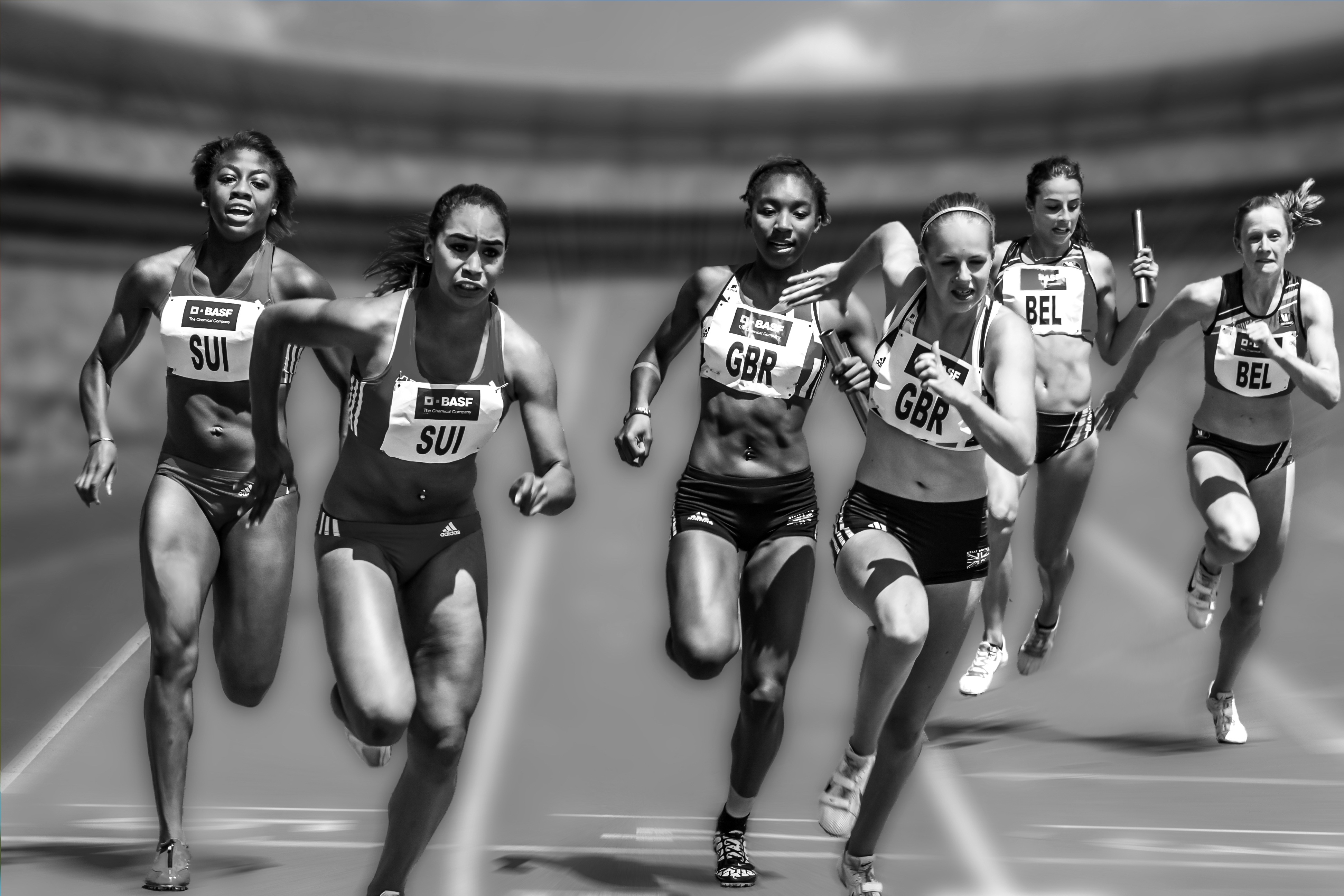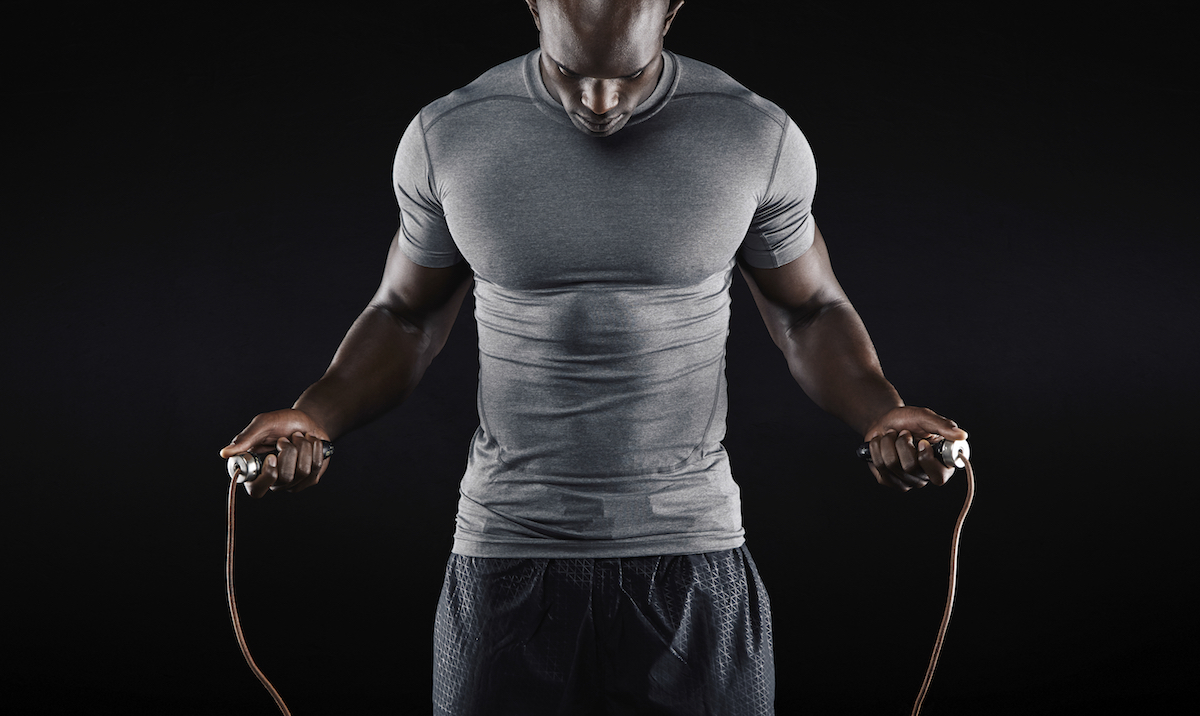When we coach athletes to sprint, we want them to stay off their heels. In other words, we want them to avoid running with a heel-to-toe running pattern. Many distance coaches are trying to get their athletes to avoid that heel-to-toe running pattern as well. Instead, athletes are coached to run with the ball of their foot striking the ground using a pawing motion. In a 2015 issue of Medicine and Science in Sports and Exercise, Vannatta, and Kernozek have an interesting study examining the differences between the two running styles.
I want to begin discussing this study by pointing out that it was done using recreational distance runners. Nevertheless, I think the results are interesting and should provide some food for thought when it comes to how our athletes run.
The authors studied 17 females (mean age around 23 years old) who logged an average of over 33 kilometers per week of running. The subjects performed ten trials, each 20 meters in length, under two conditions. The first was to run heel-to-toe, the second was to run with a forefoot running pattern (i.e. the ball of the foot contacts the ground first).
Results:
- Peak patella-femoral joint stress decreased by over 25% when changing from a heel-to-toe pattern to a forefoot pattern.
- The forefoot strike increased vertical peak ground reaction forces by over 6%.
- The forefoot strike decreased peak quadriceps force by over 25%.
- Average hamstring force decreased by almost 30% in the forefoot condition, where as both average gastrocnemius and average soleus force increased by over 10% and almost 30%.
Patellofemoral pain is a common complaint in recreational runners. This study might suggest one reason why, namely that running with a heel-to-toe pattern might not be optimal. What I’ve always been taught is that a heel-to-toe pattern actually causes braking and strains the hamstrings more. You can see this with the drastic reduction in average hamstring force from changing running patterns.
Now, there are some major limitations with this study. First, these are purely recreational runners. It’s unclear how different these results would be with well-trained athletes. Second, the distance was only twenty meters for each trial. Again, what would this look like if done for sixty to eighty meters or even kilometers? Would there still be these changes or would they be less or greater? Third, there was no control for running speed. There’s a huge difference between covering that twenty meters in ten seconds and trying to sprint it in under two seconds. This makes applying the results to athletes challenging. Finally, these were not sprints. The ground reaction forces in these runners was 2.3-2.5 times bodyweight. In a sprint, it may be as high as 7 times bodyweight. Again, it makes it challenging to apply the results to athletes.
It’s an interesting study and it begins to provide research behind why we tell athletes to sprint the way that we do, but there are some major limitations with this study and a lot more work needs to be done on this topic.
Vannatta, C.N. and Kernozek, T.W. (2015). Patellofemoral joint stress during running with alterations in foot strike pattern. Medicine and Science in Sports and Exercise, 47(5), 1001-1008.




